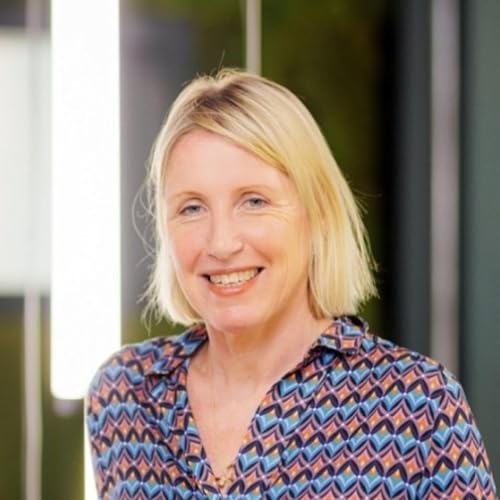As the year comes to a close, we’re revisiting a conversation that feels newly relevant. This week, we’re re-releasing our CFO Thought Leader episode with Jonathan Carr, recorded three years ago—long before any exit was in view, but rich with insight into how he thinks about leadership, growth, and decision-making under uncertainty.
That mindset was shaped early. Just 18 months after finishing college, Carr was placed in charge of a major Oracle implementation at a Stryker manufacturing plant in Puerto Rico. He had never led systems work before. The advice from his division controller was simple and direct: “find the opportunities that either get you promoted or fired,” Carr tells us.
The six-month project forced him to work across manufacturing, IT, and finance to understand how transactions actually flowed through the plant. Carr describes the learning process as peeling back layers “like an onion,” where each answer revealed more complexity, he tells us. It was an early lesson in getting out of one’s comfort zone and doing work before feeling fully prepared.
That approach carried forward as Carr moved through FP&A, accounts receivable, and customer-facing roles, and later joined SurveyMonkey when the company was generating less than $100 million in revenue. There, he helped build finance capabilities, supported acquisitions, and participated in capital raises totaling nearly $1 billion, with less than $100 million in primary capital, Carr tells us.
Later, at Atlassian, Carr was part of the finance leadership team during the company’s transition from on-premise software to the cloud. The shift required conviction, transparency, and clear communication with employees and investors, even as near-term economics changed, Carr tells us.
In the episode we’re re-releasing today, you’ll hear Carr reflect on growth, influence, and adaptability. “I reserve the right to get smarter,” he tells us—a line that neatly captures how he has approached each chapter of his career, long before the outcomes were known.
 20 mins
20 mins 35 mins
35 mins 48 mins
48 mins 49 mins
49 mins 59 mins
59 mins Dec 10 202556 mins
Dec 10 202556 mins 46 mins
46 mins 52 mins
52 mins
